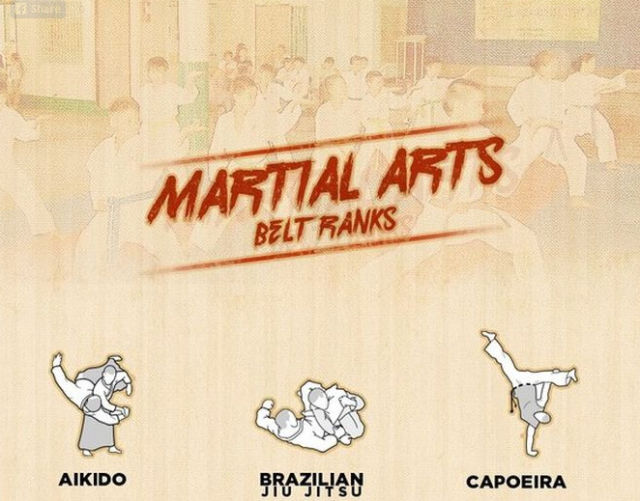Just How Do Typical Martial Arts Focus On Self-Control Compare To Modern Battle Sporting Activities Concentrate On Competition? Discover The Key Differences That Can Shape Your Trip
Just How Do Typical Martial Arts Focus On Self-Control Compare To Modern Battle Sporting Activities Concentrate On Competition? Discover The Key Differences That Can Shape Your Trip
Blog Article
Content Author-Thuesen Snedker
When you think of martial arts, do you lean extra toward the typical methods or the contemporary fight sports? Each course supplies distinct advantages and experiences, shaped by their ideologies and training methods. Conventional martial arts emphasize individual development and self-control, while modern-day fight sports concentrate on competitors and performance. Recognizing these distinctions can assist you in selecting the best strategy for your trip. However how do these differences show up in training and ideology?
The Viewpoint and Background Behind Standard Martial arts
While many individuals link martial arts with physical fight, the philosophy and history behind conventional martial arts run much deeper. You'll locate that these self-controls highlight individual growth, technique, and regard.
Stemming from old techniques, conventional martial arts were frequently created for Self-Defense and spiritual growth. Suggested Internet page personify principles such as equilibrium, harmony, and self-constraint, guiding practitioners past simple combating abilities.
As you train, you'll not only find out techniques however also acquire understandings right into the society and worths that shaped these arts. The rituals and customs, commonly given via generations, promote a sense of neighborhood and belonging.
The Competitive Nature of Modern Fight Sports
Modern combat sporting activities have transformed the landscape of martial arts into a very affordable field, where athletes face off in a test of ability, method, and endurance.
You'll notice that competitions are frequently organized with strict regulations and laws, making sure fair play and security. https://griffinirxel.activoblog.com/37680646/vital-abilities-you-will-get-in-female-s-self-defense-workshops bring in huge audiences, fueling the exhilaration and intensity of matches.
Professional athletes train carefully, not just for physical prowess but likewise for psychological durability, understanding that every detail counts in the ring. The adrenaline thrill throughout competitions is apparent, as competitors press their limits to claim success.
Fans appreciate the athleticism and creativity included, making modern combat sporting activities a thrilling phenomenon that remains to develop and captivate fanatics around the world.
Training Methods and Strategies: A Relative Evaluation
The competitive environment of modern fight sporting activities needs ingenious training approaches that vary significantly from conventional martial arts.
In modern training, you'll focus on specific techniques, competing, and conditioning, frequently utilizing drills that mimic real fight circumstances. You'll see an emphasis on quantifiable efficiency and frequent competition to analyze your skills.
In contrast, conventional martial arts focus on kinds, katas, and thoughtful mentors, typically highlighting technique and regard over competition.
Training is generally less extreme and might include repeated practice instead of real-time sparring.
While both approaches build ability and health and fitness, contemporary battle sports give a much more vibrant and adaptable training atmosphere, preparing you for instant difficulties in the ring or cage.
Choose the path that aligns with your goals and passions.
Conclusion
In picking in between traditional martial arts and contemporary fight sports, it really boils down to what you value a lot of. If you're searching for individual development, self-control, and a sense of community, traditional arts might be your best fit. Yet if you grow on competition and real-time difficulties, modern-day battle sports could be the means to go. Ultimately, both paths provide distinct benefits, so it's all about straightening your training with your personal goals and passions.
